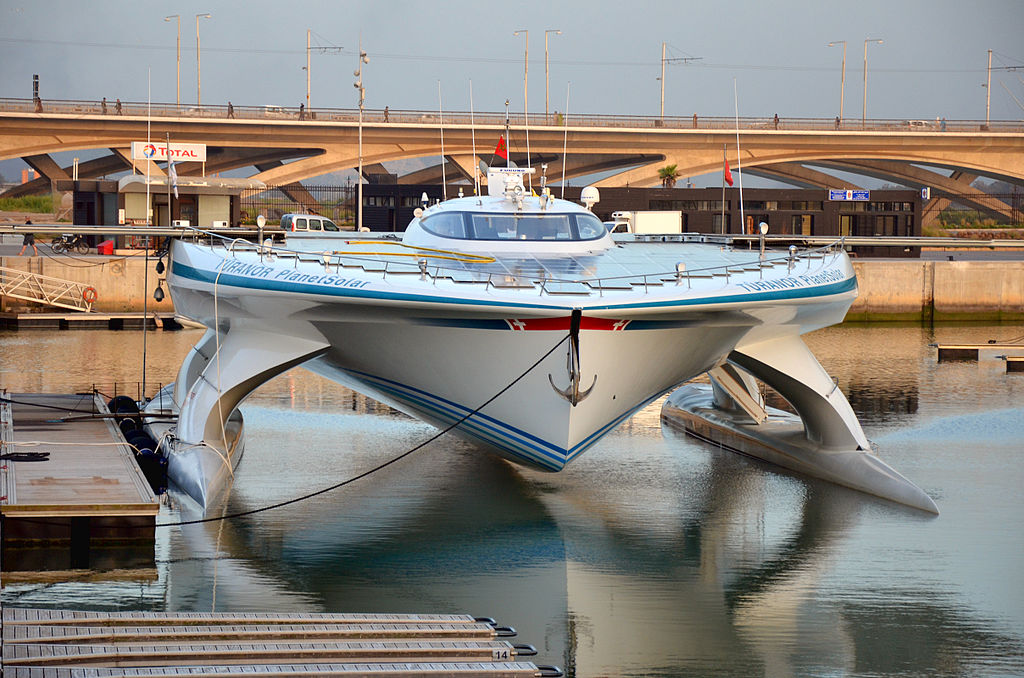The idea of zero emissions that comes with electric vehicles and boats has an almost romantic allure. If we all just parked our internal-combustion cars, trucks and boats, we would be saving the environment and all of mankind.
Or would we?
“You can’t automatically assume that electrification is the answer,” says Jeff Wasil, director of environment, health and safety compliance for the National Marine Manufacturers Association. “There’s much more to it than that.”
“All of that stuff that goes into creating the battery pack is energy-intensive,” Wasil says. “There’s a lot of CO2 created in the process of making the battery pack.”
That’s why Wasil and the NMMA hosted a presentation at the Discover Boating Miami International Boat Show in February with representatives from every major marine engine manufacturer on hand to learn about cleaner-burning fuels that are available now for diesel and gasoline engines. “We’re starting to see a lot more bans on internal combustion engines in automobiles around the world,” Wasil says. “The marine industry needs to do its part to reduce CO2 emissions.”
Most carbon dioxide emissions are released during a vehicle’s “use phase,” when it’s being driven. According to the Federal Highway Administration, a private car or truck is driven an average of 14,263 miles a year. Over a 10- to 15-year lifespan, the reduced emissions with electric power make sense.
Read more at tradeonlytoday.com.

